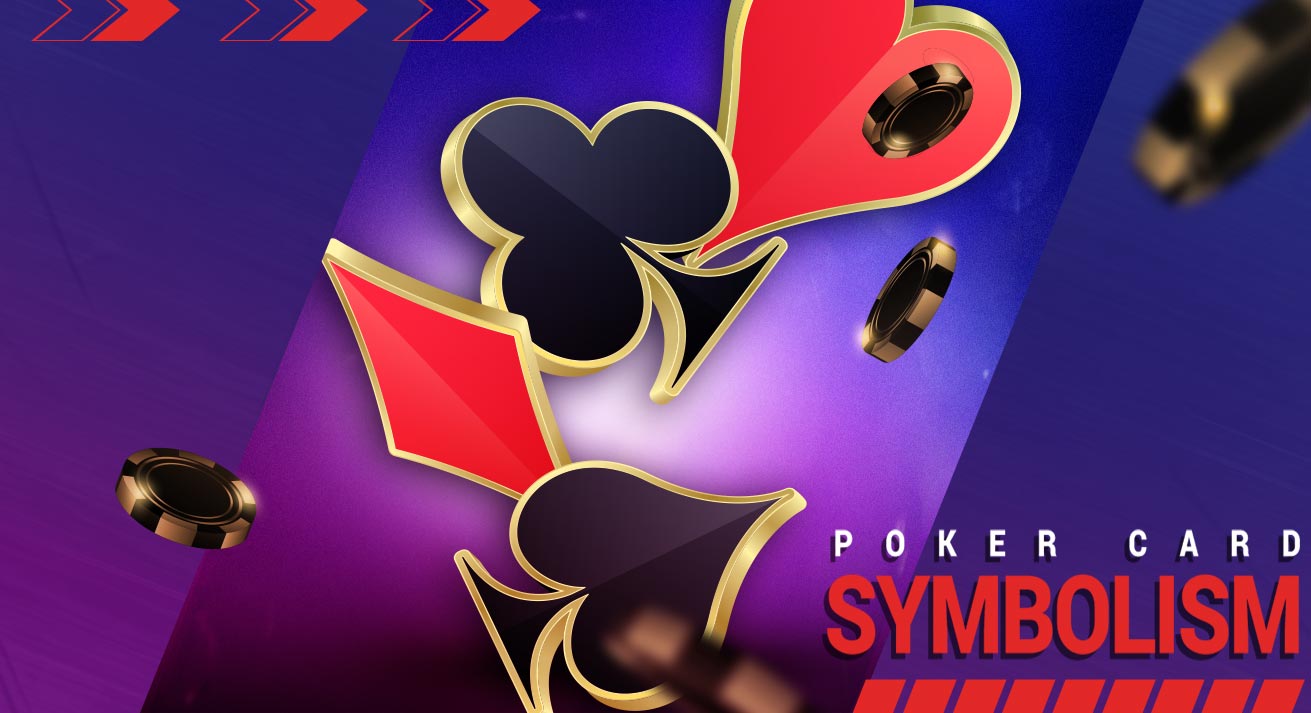Playing cards have been a source of entertainment for centuries, whether in competitive poker matches or casual games between friends. But have you ever wondered about the story behind the deck you shuffle? Let’s take a look at the fascinating history and symbolism of playing cards.
Journey Through the History of Playing Cards
The origins of playing cards can be traced back to 9th century China during the Tang Dynasty. Initially created as a leisurely pastime, these early cards were quite different from the ones we know today. As the trade routes of the world expanded, playing cards made their way to Europe by the 14th century, changing during the journey.
Germany and France played major roles in shaping the modern deck. German cardmakers introduced suits like acorns, bells, and leaves, reflecting their local culture and nature. The French then simplified the design to spades, hearts, diamonds, and clubs. This change wasn’t only about aesthetics; it made cards cheaper and easier to produce using stencil techniques, which added to their widespread popularity across Europe.
Suits and Their Hidden Symbolism
The four suits in a modern deck—spades, hearts, diamonds, and clubs—are far from random choices. Each suit carries many meanings:
♠️ Spades: Often associated with power and nobility, spades symbolize military strength and intellect. Some theories link them to winter and the sharpness of the mind.
♥️ Hearts: Traditionally recognized as symbols of love and emotion, hearts are also connected to spirituality. They reflect spring and matters of the soul, as well as warmth and renewal in human connections.
♦️ Diamonds: These shapes stand for wealth, commerce, and material success. Linked to summer, diamonds reflect prosperity and the rewards that come from hard work.
♣️ Clubs: Designed after clover leaves, clubs stand for growth, agriculture, and the working class. Associated with autumn, they reflect the cycles of life and fruits of labor.
These suits also mirrored medieval society: clergy (hearts), military (spades), merchants (diamonds), and peasants (clubs). This bond shows how deeply rooted playing cards became in European culture.
The Royals of the Deck: Kings, Queens, and Jacks
Face cards have long captured players' imaginations. Kings, Queens, and Jacks represent historical figures and abstract ideas:
Kings: As high-ranking cards, Kings symbolize authority and leadership. The King of Hearts is often referred to as the "Suicide King" due to the design that seems to show him stabbing himself - symbolism or an artistic twist?
Queens: Introduced to European decks as symbols of feminine power and wisdom, Queens gave depth to the royal court. The Queen of Spades is associated with intelligence and cunning strategy.
Jacks: Initially referred to as "Knaves," Jacks stand for the vitality and promise of youth. They are depicted as warriors or messengers serving their royal superiors.
Over time, face cards have evolved with new artistic trends. Some decks even assign names based on historical figures like King David or Joan of Arc, refining their importance.
Number Cards and Their Significance
While face cards usually steal the spotlight, numbered cards hold their own importance:
The Ace symbolizes new beginnings and potential. In poker, it can be both the highest card or the lowest in various contexts.
Cards 2 through 10 represent life's journey—each number marking progress through challenges and achievements along the way.
These numbered cards contribute to a vast array of gameplay options - from poker strategies to fortune-telling, where each card can hold specific meanings.
The Modern Poker Deck: A Fusion of Art and Utility
Today’s standard 52-card deck is a blend of tradition and modern creativity. While suits may not hold as much weight in poker as hand rankings do, each card carries historical significance that adds to gameplay.
Modern manufacturers often put their unique spin on face card designs while retaining classic symbols. This ensures that while the basic imagery remains intact, each deck can be a distinctive work of art.
Even in today's digital age, where online gaming is so popular, there’s something comforting about holding a physical deck of cards. The tangible experience of shuffling and dealing connects players to centuries of gaming history; a reminder that these simple pieces of cardboard carry deep cultural importance.
Wrapping It Up: The Legacy of Playing Cards
In addition to being a means for playing games, playing cards are artifacts that sum up centuries of history, art, and culture. From their origins in ancient China to their place on modern poker tables, they have witnessed endless stories unfold.
So, the next time you receive a hand at Everygame Poker or at a social gathering with friends, keep in mind to appreciate the rich history the cards carry. Each one, from the humble two to the powerful ace, carries its own story.
Poker is part of a centuries-old tradition of storytelling, strategy, and connecting.
For those eager to explore more about this subject - Everygame Heat Team is your go-to destination for tips, tricks, and more card talk.

